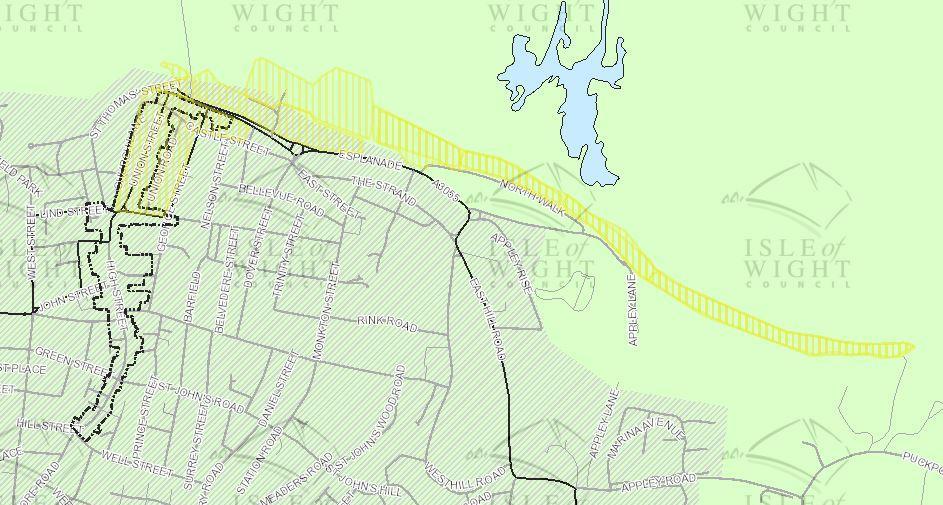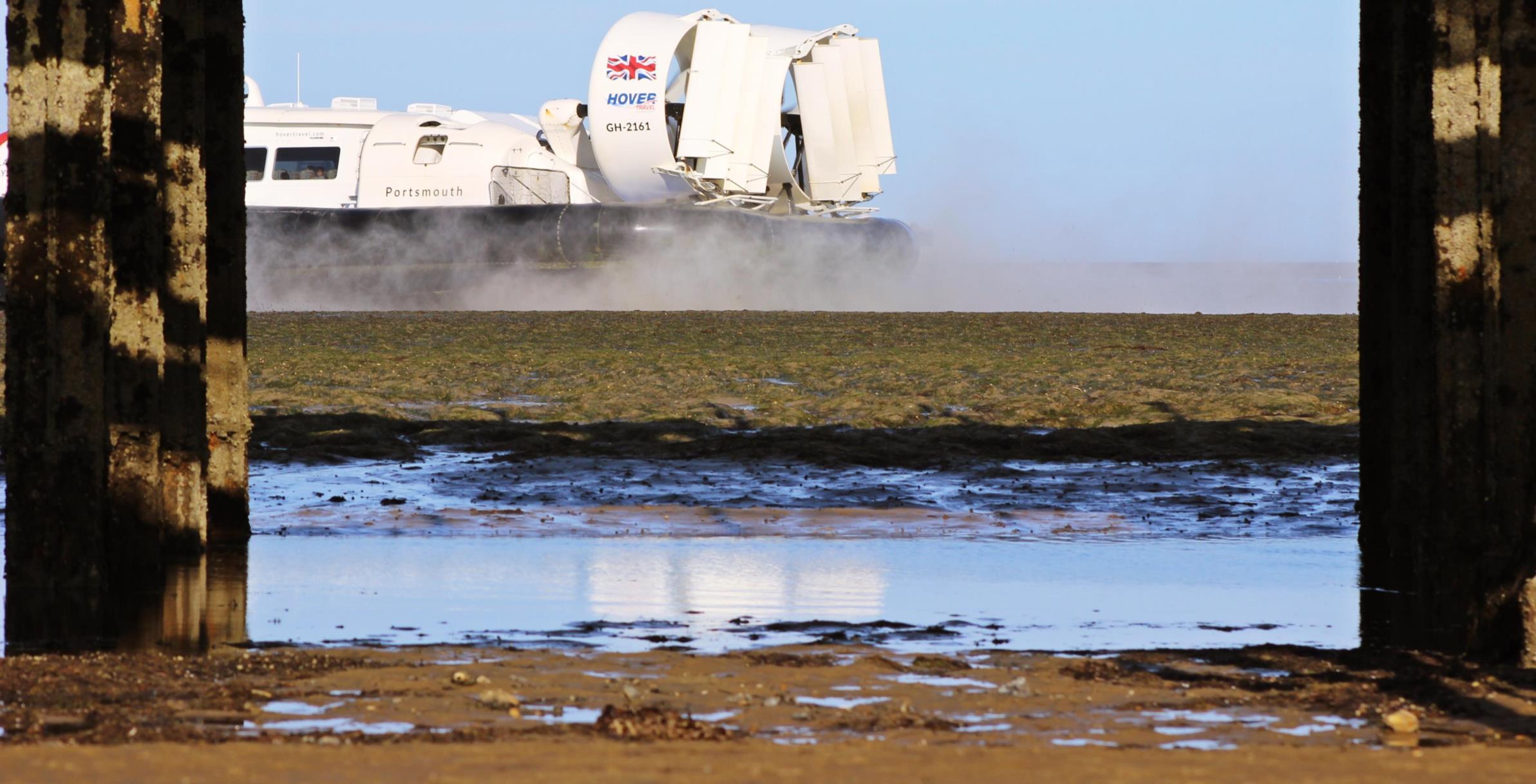
2 minute read
SOCIO ECONOMIC INFRASTRUCTURE
• The heart of the town comprises its Esplanade and its retail core of Union Street and High Street.
• The ‘ Tourism Opportunity Zone’ and ‘ Town Centre’ policy priorities that these areas respectively comprise, are naturally antagonistic, given the disjointed pedestrian access between them, the dominance of transport and traffic interests within them, and the creation of two opposing poles each seeking to anchor high footfall.
• The Historic Places Review Panel clearly describes the bigger issue of vehicle dominance and its impact on Ryde; change on this scale will require a fundamental review of what is formally adopted as critical infrastructure for the future of the town (for example in the emerging Island
Plan):
"In order to begin to resolve the problems facing both the Esplanade and the High Street/Union Street areas (and the interface between them), the Panel considered that a town-wide traffic review will be necessary. As is the case for Newport, the Council might experiment with temporary road closures or narrowing on certain parts of High Street/Union Street and Lind Street to test the impact which pedestrianisation might have upon vehicular movement, the retail economy and people’s perceptions about the quality of their shopping experience.“
Town Centre (black) and Tourism Opportunity Zone (yellow) policy areas
Source: IWC Island Plan Draft Proposals Map

• One of the distinctive features of Ryde is its distribution of economic centres set within residential districts and priority public space. This has the effect of creating combined employment, retail, residential and common space ‘neighbourhoods’. These become further emphasised as the south and east peri-urban fringe is developed. • The distribution of the main centres of business rate valuation and receipt indicates a pattern of economic activity and infrastructure distributed in a ring within the town. Important economic centres currently ‘edge of town’ such as Nicholson Road and Westridge, are enveloped by the spread of ‘Future Ryde’ defined by existing and pending development approvals and allocations. • Ryde’s public car parks raise almost £500K pa for the public purse. Quay Road alone delivers over a third of this figure and is set within a large public realm that incorporates small business tenants of the local authority, free recreational areas, youth services and national infrastructure operators. This close concentration of interests creates challenges and opportunities for local economic development. • Ryde’s pattern of economic infrastructure forms the basis for a new ‘social enterprise’ consideration of combined private and public capital as a platform for regeneration, and of partnership between private, public and ‘third’ sectors as a creator of wealth and value within the town.
Centres of Non-Domestic Public Revenue

Source: IWC business rates and car park income data (annual figures)









